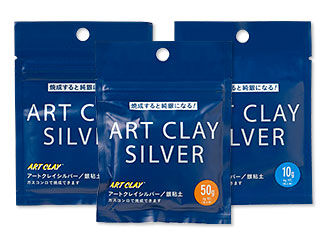Firing Art Clay® with a Gas Stove
Not everyone has access to a kiln. In this tutorial, learn how to fire certain types of metal clay pieces on a gas stove rather than with traditional firing methods.


